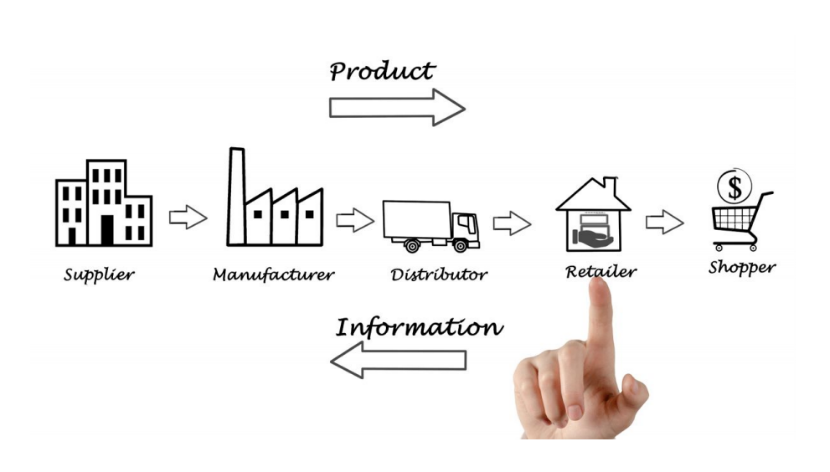Supply Chain Management Best Practices

What are some supply chain management skills?
August 23, 2019
How can logistics add value to organizations?
September 1, 2019- best practices
- best practices in supply chain management
- management
- supply chain
- supply chain (field of study)
- supply chain best practices
- supply chain concepts
- supply chain management
- supply chain management (literature subject)
- supply chain management courses online
- supply chain management definition
- supply chain management training
- supply chain management training courses
Supply Chain Management Best Practices
Supply chain management is ideally based on good teamwork. The ultimate goal of every such management is to get the product delivered to customers wherever and however they want it. A lot of agile footwork is required to win this race. The supplier networks must be made a priority and each individual must work together across it, more so, when dealing with unexpected situations. Adaptation of the correct strategy is very crucial. And to gain a competitive edge the latest tools and technology should be regularly used. The bigger picture must always be kept in mind and every action must work in favor of it.
Here is a list of supply chain management’s best practices. It provides an insight into the practical advice on tools and other essentials along with tips to reach great heights, achieve big wins and accomplishment of one’s business goals.
Aligning the supply chain responsibilities in a proper manner
Having a business process where the process of the decision-making process is divided among people is often harmful. This is the main reason why there should be alignment in the supply chain responsibilities. This not only ensures better supply chain management but also increases the efficiency of the businesses.
Leveraging new-age technologies
Most businesses focus on boosting efficiency. Whilst trying to do this they integrate too many technologies. They do not perform a comprehensive impact analysis. As a result, they are unable to get the best of what they have. Analyzing the efficacy of the processes that need improvement and then implementation of technologies that can take care of those needs would prove itself to be a better approach.
Developing better strategic sourcing strategies
Companies should collectively focus on strategic sourcing and not consider it as the responsibility of only the purchasing department.
Integrating the process in a supply chain
It is mandatory to integrate the process in a supply chain using technological advancements because of clearly successful supply chains such as eBay, Dell doesn’t focus on a profit of each segment but on the chain as a whole. It divides the profit amongst the various stakeholders. The focus is put on profiting collectively as a chain rather than on individual elements. This leads to more profits on an overall basis.
Analyzing the entire supply chain management
Supply chain analytics plays a key role in enhancing the performance of a supply chain by improving its visibility. It manages the demand and supply volatility and reduces the fluctuations in the cost. This can be done by leveraging the use of technology as discussed before. It can help us move towards smarter logistics which increases the visibility of the movement of the three major flows in the supply chain, i.e., Product, Information and Money. Analytics not only helps in visibility but also helps in making data-driven decisions which are better ways of increasing profits. It also helps one understand the market and customer much better.
Managing the inventory efficiently
Proper management of one’s inventory is possibly one of the best practices which ensure a systematic flow throughout the supply. A managed inventory ensures the proper flow of goods from the point of manufacture to the warehouses and lastly to the point of sale.




